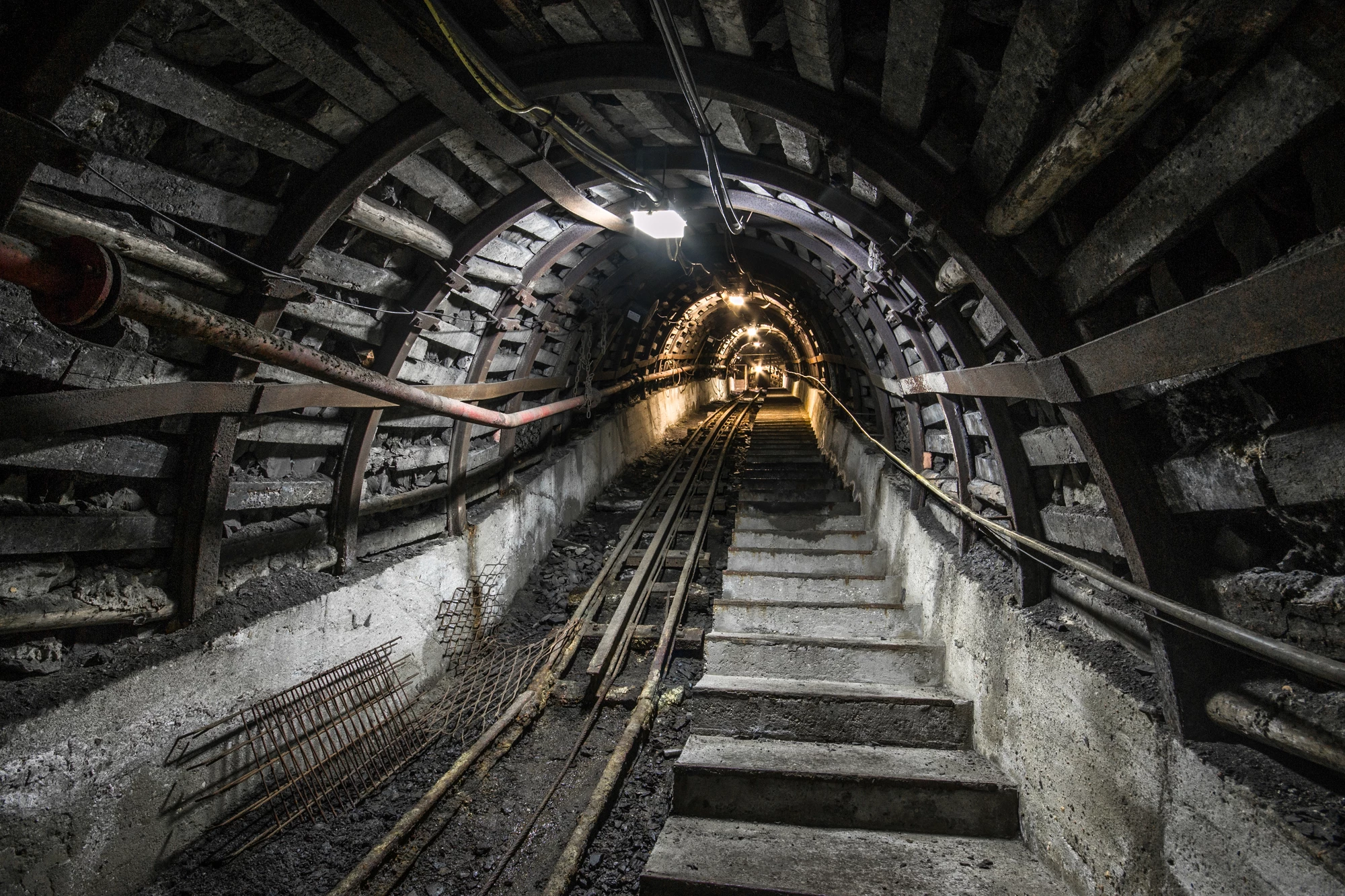Once a mine has been exhausted of its ore, there's really no use for it anymore – it just becomes an abandoned hole in the ground. According to a new study, however, the shafts of such mines could serve in energy-storing gravity batteries.
First of all, just what is a gravity battery?
Well, in a nutshell, it's a system in which electricity is generated by releasing a heavy load, allowing it to drop. That electricity can then be used at times when demands on the municipal grid are high. At other times, when there's excess energy in the grid, the gravity battery system uses some of that energy to pull the load back up, effectively storing the energy for later use.
One of the most common types of the technology is what's known as a pumped-storage hydroelectric system. In this setup, water is released from a high elevation, generating electricity by spinning up turbines as it flows downhill. When excess energy is available, that water is pumped back up to the starting point.
Last year, scientists from Austria's International Institute of Applied Systems Analysis (IIASA) proposed a different type of gravity battery. The basic idea was that the elevators in high-rise buildings would use regenerative braking systems to generate electricity while lowering weighted payloads from higher to lower floors. Autonomous trailer robots would pull the loads in and out of the elevators, as needed.
That brings us to the mine-based Underground Gravity Energy Storage (UGES) system, recently proposed by the same researchers. It would likewise utilize elevators, but these ones would be in existing disused mine shafts, and they'd be raising and lowering containers full of sand.

A series of electric motor/generator units on both sides of the shaft would move each elevator up and down, generating electricity via regenerative braking on the way down, then using some of that electricity on the way back up.
For maximum efficiency, the elevators could take on a sand load at the surface, have that load removed at the bottom of the shaft, then return to the surface empty. Needless to say, the storage area at the bottom of the shaft would eventually fill up with sand in this scenario. For this reason, when there was an excess of energy in the grid, the elevators would have to bring some of the sand back topside. A combination of electric conveyor belts and dump trucks would be used for the on- and offloading.
The scientists estimate that UGES could have a global energy storage potential of 7 to 70 TWh (terawatt hours), with most of the plants being located in countries where there are already a lot of abandoned mines, such as China, India, Russia and the US.
"When a mine closes, it lays off thousands of workers […] UGES would create a few vacancies as the mine would provide energy storage services after it stops operations," said IIASA's Julian Hunt, lead author of a paper on the study. "Mines already have the basic infrastructure and are connected to the power grid, which significantly reduces the cost and facilitates the implementation of UGES plants."
The paper was recently published in the journal Energies.
Source: IIASA




